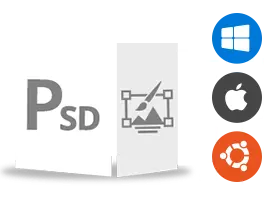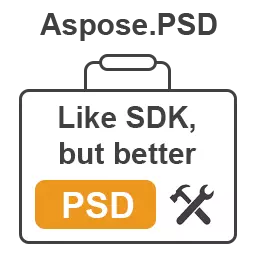Sharpening GIF Images and Saving as PSD: Enhancing Image Quality and Versatility
Achieve improved sharpness and enhance the level of detail in GIF images, while enjoying the convenience of saving them in the PSD format.
In the field of digital image processing, the significance of visual content's quality and adaptability cannot be overstated. A common objective is to enhance image sharpness while preserving intricate details to achieve the best possible visual appeal. Moreover, the capability to store images in the widely utilized PSD (Photoshop Document) format allows for enhanced flexibility in subsequent editing and manipulation. In this essay, we will delve into the process of sharpening GIF (Graphics Interchange Format) images and converting them to PSD, showcasing the advantages and practical applications of these methods.
Sharpening GIF images involves a process of enhancing their clarity and sharpness. GIF (Graphics Interchange Format) is a widely used file format for displaying animated images and graphics on the web. However, GIF images can sometimes appear blurry or lacking in sharpness due to compression or other factors. To sharpen GIF images, various techniques can be employed:
By applying these sharpening techniques to GIF images, one can significantly improve the overall sharpness and detail of the image, making it visually appealing and impactful.
Saving as PSD: Once the GIF image has been sharpened and its visual quality has been improved, saving it in the PSD format provides several advantages:
- Retaining Layers and Editability: The PSD format supports multiple layers, allowing for non-destructive editing and adjustments. This means that each element of the image can be edited separately without affecting the others. By saving the sharpened GIF image as a PSD, one can preserve the different layers and easily make further modifications or enhancements.
- Preserving Transparency: PSD files support transparency, enabling the use of alpha channels to define areas of opacity or transparency. This feature is especially useful for images that will be used in graphic design, web design, or compositing, as it allows for seamless integration with other elements and backgrounds.
- Compatibility and Workflow: Adobe Photoshop, one of the most popular image editing software, is the primary tool for working with PSD files. Saving a sharpened GIF image as a PSD ensures compatibility and smooth integration into existing workflows, particularly when collaborating with other designers or photographers.
Sharpening GIF images and saving them as PSD files offer significant benefits in terms of image quality, editability, and versatility. The PSD format, with its support for layers, transparency, and compatibility with Adobe Photoshop, provides a flexible and powerful solution for further editing, manipulation, and integration into various creative workflows. By combining these techniques, professionals and enthusiasts can elevate the quality and impact of their visual content, creating visually stunning images that stand out in a saturated digital landscape.
In conclusion, sharpening GIF images using techniques like unsharp masking, high-pass filtering, edge enhancement, frequency domain methods, and local contrast enhancement can greatly improve their sharpness and detail. Saving the sharpened images as PSD files offers the benefits of retaining layers, preserving transparency, and ensuring compatibility with different image editing software. These processes empower users to enhance image quality, maintain editability, and unlock the versatility required for various creative projects.
Our app, powered by Aspose.PSD, harnesses the capabilities of a powerful virtual instrument. All files undergo processing using Aspose APIs, trusted by numerous Fortune 100 companies in 114 countries. Developers benefit from our API in .NET or JAVA, which offers extensive documentation, well-defined code samples, and dedicated support from an experienced team.




